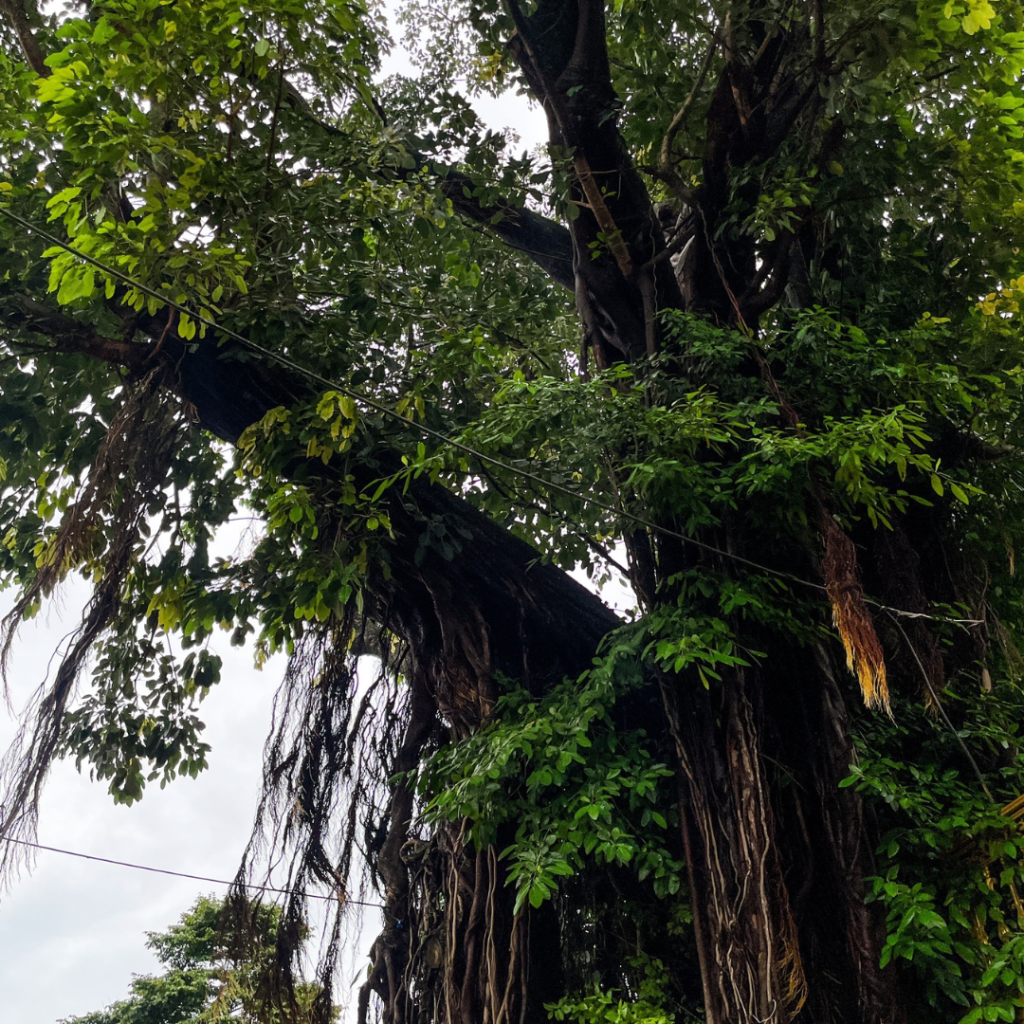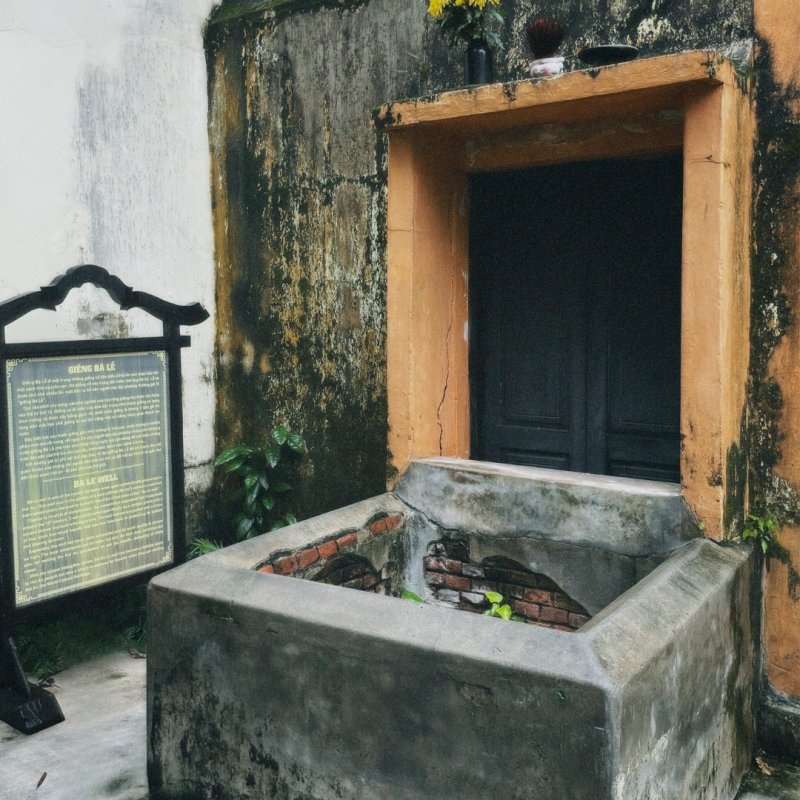The Untold Stories You Never Heard About Hoi An Ancient Town
Hoi An Ancient Town unveils a tapestry of untold stories that have quietly withstood the test of time. Beyond its well-preserved architecture and charming lantern-lit streets lies a trove of hidden narratives, waiting to be discovered by those eager to delve into the town’s rich history. Let’s find out the untold stories you never heard about Hoi An Ancient Town and connect with the soul of Hoi An in ways you never imagined through the article below!
The Ancient wells in Hoi An
If you walk around Hoi An ancient town, you can easily come across many ancient wells. There are about 80 ancient wells in Hoi An city, and about 11 wells are in the old town. In the past, the water from the wells and the water from the sky were the only sources of clean water they had. If you visited Hoi An 20 or 30 years ago, you would see many people often gathering at the wells for many daily activities like washing, cleaning, cooking, etc. Because of this, although fewer and fewer people use the water from the wells, locals still value the wells and are trying to preserve them.

There is one well, which is the most well-known and ancient well in Hoi An, called Ba Le Well. It has been there for about 1 thousand years and the water never runs out. Because of this, people in Hoi An believe that water here is unique and considered the representation of the soul of Hoi An. They come here every day to get water to cook tea and make Cao Lau noodles. That’s why Cao Lau, which is a local noodle, becomes a must-try when visiting Hoi An.
The mango cake lady – who protects and maintains the well’s spirit
When you visit Hoi An and stop by an ancient well which is protected and preserved by a lady who has been selling things in Hoi An for more than 20 years. At first, she was selling coconuts around Hoi An. She told the visitors that she sold a lot of coconuts and the business was great. Unfortunately, she had an accident in which she fell from a chair, and now she can’t do much physical activities. And for the last 3 years, she has been selling mango cake next to the well.
Every day, she burns incense sticks next to the well to worship the well-spirit. She believes there is a spirit living here protecting the well and bringing health and luck not only for herself but also for the whole family. The mango cake lady and the lady who has taken care of the gate are representatives of the individual souls in Hoi An. With such strong spirits, they make a great contribution to maintaining and preserving the soul of Hoi An ancient town.
The Old Trees in Hoi An
Besides ancient wells, 46 old trees are preserved and protected by the local government and people. Temples, wells, and old trees are symbols of Vietnam villages simply because they are places where people often gathered in the past. If the well tells us the local people’s lifestyle, how people cook, drink, and clean things; the temple tells us the local spirituality, what they fear or what they worship; then the trees will tell us how locals relax and rest, especially children lifestyle because many children often gather around the old trees to play in the past.

In Hoi An, local people set up many altars right under the tree and often burn incense sticks, offer food, and pray on the 1st day and 15th day in the Lunar Calendar.
Conclusion
In conclusion, the untold stories of Hoi An Ancient Town unveil a tapestry of history, culture, and resilience that often escapes the conventional narrative. From the hidden gems tucked away in narrow alleys to the resilience displayed in the face of historical upheavals, Hoi An’s untold stories add depth and nuance to our understanding of this enchanting town. These narratives, often overshadowed by more prominent historical events, enrich the tapestry of Hoi An’s cultural heritage, inviting us to explore beyond the surface and appreciate the layers of significance embedded in its ancient streets.





2 Comments